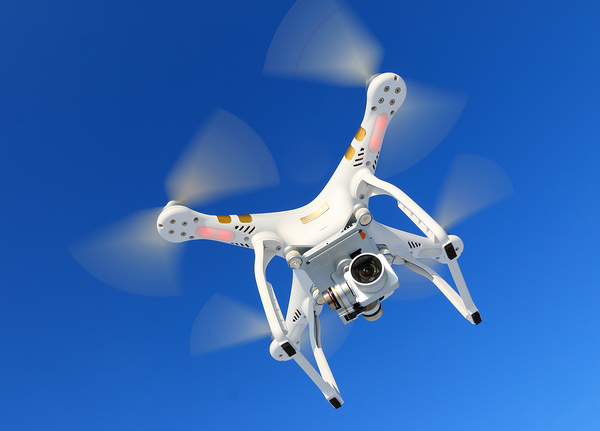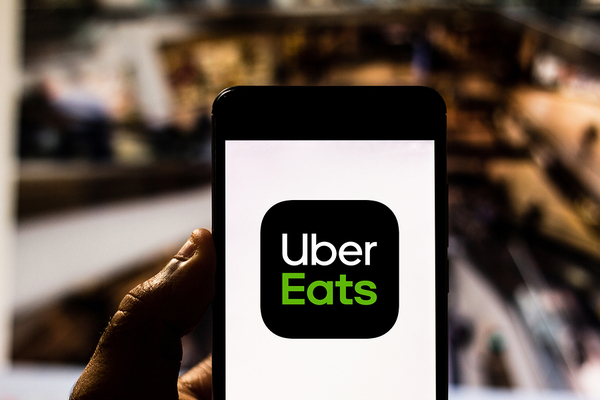Uber has announced that its aerial delivery service via drone will start delivering in San Diego this summer. Pickings will be slim at first because the initial voyages have been planned with McDonald’s and one other San Diego hamburger restaurant only in mind. Packaging that will keep Happy Meals and all other relevant foods at appropriate temperatures has been designed.

Will this…
Full Speed Ahead?
However, it’s not crystal clear that there will be pickings at all, despite the technology news announcement. The Federal Aviation Administration (FAA) has not yet approved the drone arm of Uber, Uber Elevate, for drone delivery, although it has approved commercial drone delivery for Google in Virginia. Amazon, too, has plans to deliver goods via drone but also is not yet FAA approved.
In addition, Bloomberg notes that a planned full demonstration of the drone’s delivery to reporters was actually canceled due to wind exceeding manufacturer limits at the day and time of the test, but the wind was just a strong breeze. The demonstration planned to go a very limited distance, one-half mile; instead, it rose, hovered, and descended.
Bloomberg also points out that, despite the publicity value in drone delivery, drones are not going to be arriving at the doorstep of Uber Eats customers in any event. Instead, the plan is to send the drones to designated landing points, where couriers will pick the Uber Eats packages up and bring them to their ultimate destination. The lack of direct customer service is due to safety concerns; drones run the risk of accidents in the air, so the designated points are in safe landing areas. Many observers are concerned about noise pollution levels rising as a result of drones as well.

…be part of the delivery system for this?
This leads to a potential question: if drones will only be delivery vehicles for part of the run, why is Uber focusing on them?
Uber Eats Is Successful
The drones will be delivering food as part of Uber Eats, so the business strategy is likely to focus on increasing its market share. Uber Eats is a successful part of Uber, with 2018 revenue of $1.5 billion, a 150 percent climb from 2017 levels. That’s important in a company that lost $1 billion in the first quarter of 2019.
The head of Uber Elevate observes that drone delivery is likely to heighten efficiency, selection, and quality, all things for which customers look. A delivery of 1.5 miles, for example, can occur in seven minutes with a drone, while it takes 21 minutes by car, and according to the company, delivery costs will be similar to those of land delivery.
Food delivery, in general, is a growing field, projected to rise 12 percent annually over the next four years. Positioning to capture some of the $76 billion market expected by 2022 is likely another reason for Uber’s interest.
Even Uber Elevate’s policy head, however, thinks that food delivery via drone is about three years away, and only a small group of cities is projected. European service is projected by 2023.
The company’s ultimate goal could be traveling via air itself, with airborne Uber Eats as a launch pad for identifying the company with air travel. San Diego is a rollout site partly because it is a center of drone research. Uber in the past has talked about landing vehicles for people, and it forecasts the eventual rollout of an Uber Air service that will do for people traveling aerially what Uber itself did for people traveling via roads.
